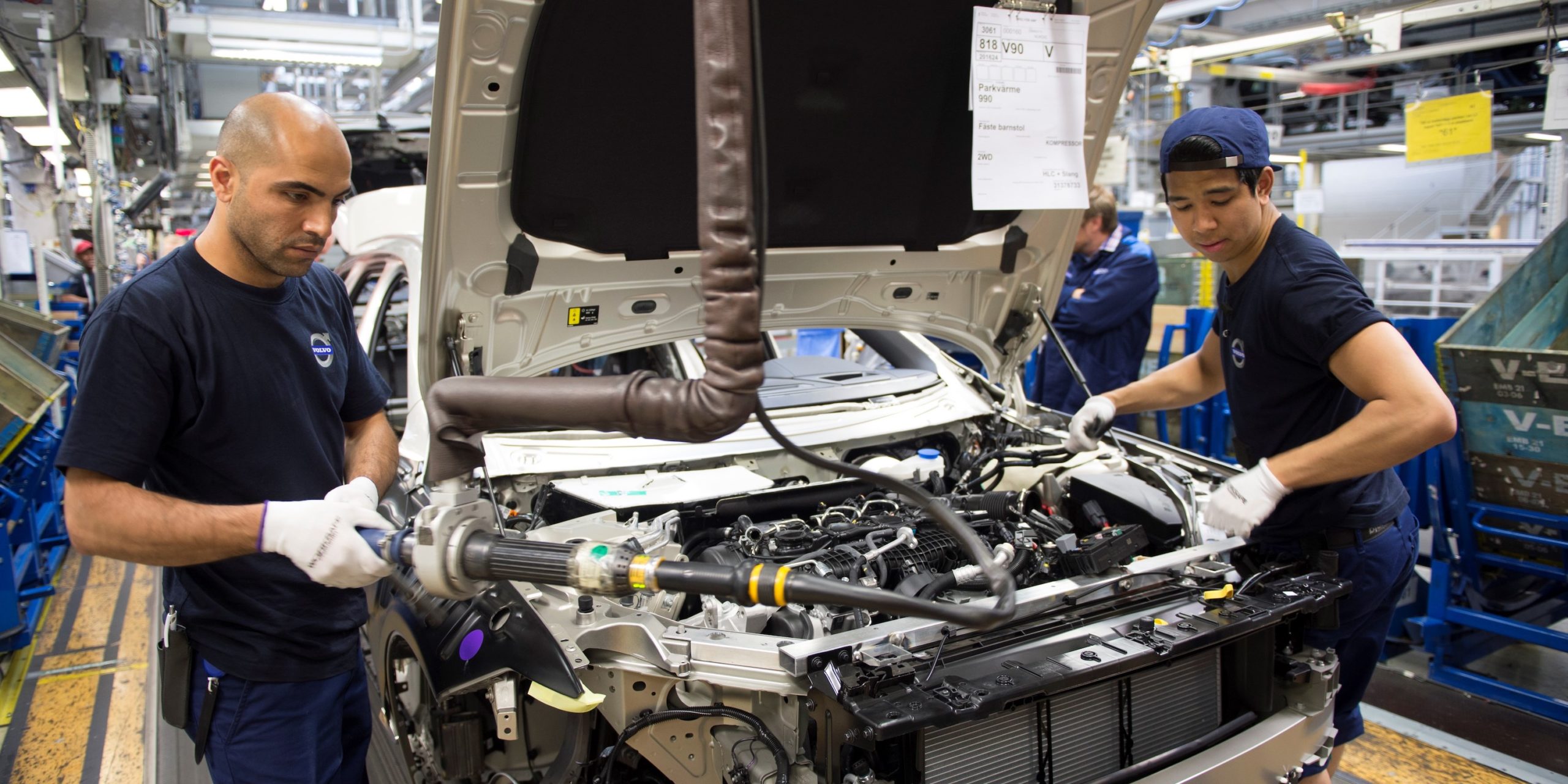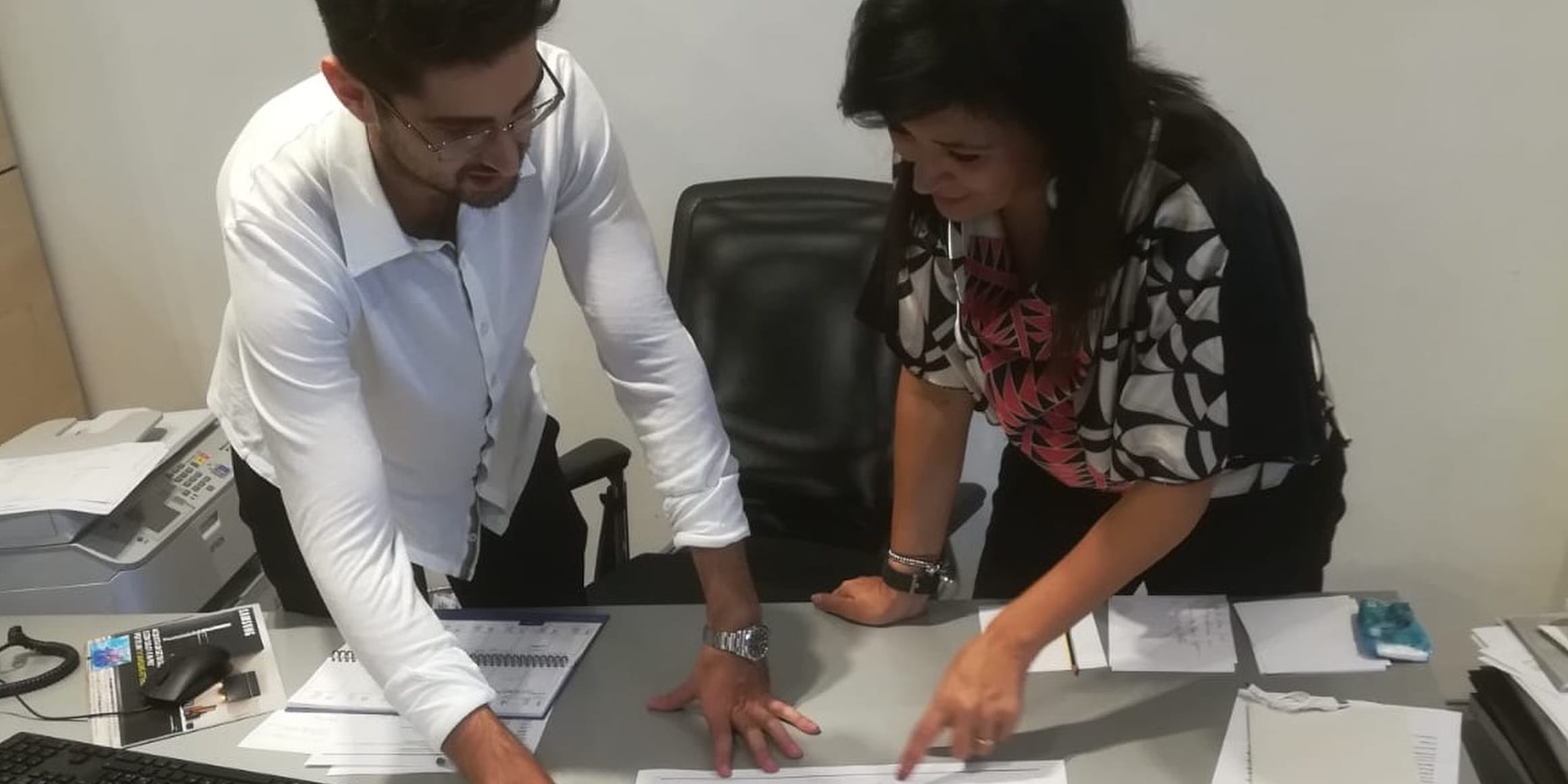
Towards lean service at Tokheim Italia
CASE STUDY - The Italian branch of Tokheim services about 3,000 gas stations in the central and northern parts of Italy. The general manager shares the story of how lean thinking changed everything, for the better.
Words: Fabiano Clerico, General Manager, Tokheim Italia
In May 2011 - when we started our experiments with the application of lean to our maintenance operations - we were in deep trouble, having lost 30% of our contracts due to lowest-bid tenders in just two months. Talk about a burning platform!
Our future was in jeopardy, with a dire financial performance and fears that we would have to soon let some of our people go if things didn't turn around.
That's when we decided to turn to lean (assisted in this journey by our coach, Michael Ballé), which had already been applied in several parts of the organization - including production, where Tokheim manufactures fuel dispensing equipment - but not maintenance.
THE PROCESS
In Italy (where there is a total of 19,000 stazioni di servizio) maintenance is global and very thorough. It involves not only the dispensing equipment but also the software used to manage the station and the payments, the little café located in the facility, any damage that might have occurred, all the way to the light bulbs that need replacing.
Of course, contracts vary hugely. Many are fixed price (a monthly fee is paid for a location and Tokheim responds whenever a customer needs us), which includes the trip our maintenance technicians (we have 150, operating 79 lorries) needs to take and any spare parts they may be needed. Extra costs include damage, small investments a station might decide to make, and improvements to the facility.
Our lean efforts in the past three years have focused on this part of the business, providing us not only with consistent improvements, but also with a greater understanding of what it means to apply this methodology in a service environment.
Our lean work has focused on four main areas:
- Warehousing and lead-times
- Voice of the customer
- People engagement
THE IMPROVEMENTS
What we did in the warehouse is extremely important, because it made our technicians' lives much easier by ensuring that the right parts and equipment are available to them whenever necessary. The fact that we offer fixed price contracts means that if a part is missing, the customer will not be paying for the technician's trip back to the warehouse to retrieve the needed component. And why should they?
With 300 requests per day on average, our goal in the warehouse was to have the right number of parts for each operation on the field. To get there, we first tried to understand the entire process and the relationship with our suppliers – driven by the idea of identifying, analysing and eliminating the root cause of each problem.
For each part, we carefully analysed the price, the minimum number of items that must be available, and each need a technician might have. We also changed the layout of the warehouse.
We provide our technicians with the material they need once a week. When they are out on call and replace a piece, they are connected with the warehouse digitally and immediately send a request to replenish. When they go to the warehouse, they grab the new part and return the old, broken ones.
This kaizen led to a reduction in the percentage of undelivered parts per week from 28% to 5%, to a 10% drop in the number of purchased materials, and to a warehouse that is 12% smaller than before. We started in May and didn't see any change for three solid months, until things started to change, suddenly, in August.
We also did a lot of work on shortening our lead time for dispatching technicians to a client's site. We wanted to be able to react more quickly and to reduce the number of "going backs."
We used the same approach as we did for the warehousing - analysing the root causes of all the instances in which a technicians had to go back to a gas station – and managed to reduce the number of interventions by 2% and to reduce the number of "going backs" (due to a missing part, a technician who is not prepared for the job, or for a wrong brief) by 10%. We also improved the percentage of SLAs (service-level agreements) from 89 to 93%.
Learning to listen to our customers was our second focus. There was something that was not working in the way we worked, something that our customers were not satisfied about. It couldn't just be the price of our services.
We were not paying enough attention to the voice of the customer, and we decided to respond by putting in place a system to deal with complaints.
The first few times we met to look at the problem, there appeared to be no complaints whatsoever. A common idea seemed to be that it was the customer who didn't "get it" as opposed to an actual complaint.
We changed our approach and began to dissect every complaint to identify its root cause. The difficulty of doing this (the same one finds in trying to communicate lean in general) was to convince people that the complaint system was not a way to control people or belittle their efforts, but a way to solve their problems.
Analysing complaints is never easy. Typically, the perception is that less complaints means better service, but the risk there is that people will stop flagging up problems. On the other hand, you don't want people to feel encouraged to get more complaints either! Striking that balance is no easy task.
We certainly haven't convinced everybody of the value of lean, but we have certainly managed to get many on board. A new organizational structure is taking shape, one that wasn't there before and that is based on people engagement.
To get where we are we put up a suggestions system. At first, it was a simple mailbox, but we soon realized that it felt too impersonal. Now every suggestion is taken on by a supervisor, who discusses it with the suggestion's owner, tries out its application and, when it applies, see through its establishment as a new standard.
The best suggestion wins a prize – something symbolic, of course, like a dinner, a ticket for a game, and so on.
Placing a supervisor and a technician side by side was critical to achieving change. Coaching is, after all, the core of any people engagement initiative.
As part of our attempt to involve people more, we have also created a dojo in each of our five facilities. All the equipment is there, giving technicians an opportunity to meet and educate each other in a very hands-on way.
For example, we found that the work of technicians involves replacing the nozzle in 70% of instances. With the dojo, technicians can try this action out as much as they like, consulting with one another to identify the best approach.
Classroom education is limited to 30 minutes at Tokheim. The rest takes place at the gemba, where the work happens. Initially, we tent to focus our training on very complex activities. But then we realized that those take place very rarely compared to the daily hustle and bustle, so that's what we focus on now. You learn as you go, right?
Our transformation is gradual, as transformations are. A successful example quickly leads to more experiments elsewhere in the organization, as more people are told about lean and see it in action. Three years into the journey, employee engagement has visibly improved and the relationship between senior management and the front line has improved dramatically. Front-line operations is where the biggest push towards lean is coming from. After all, that's where people know how the work is done. The pyramid has definitely flipped.
LEADERSHIP'S ROLE
Before we started our journey in 2011, lean projects had taken place in different parts of Tokheim, focused on specific activities and processes. As a leader, I would show up on day one and then disappear. I wasn't engaged, and results confirmed that: once the consultants were gone, standards were sustained for just a few months and then everybody inexorably went back to their old ways.
Now it's entirely up to me and the general director to keep lean going. We constantly deliver presentations on lean, go on gemba walks every time we visit a site that is not Headquarters (where we go to the gemba every couple of weeks), attend meetings to see what is working and what isn't.
We are personally responsible for the success of lean, and we are the ones who need to encourage people to improve.
Our relationship with the rest of the organization has improved because they see we are now interested in their work, we ask them questions, we listen to their suggestions, we look after them, and we strive to ensure their well-being and safety.
Before lean brought change about, employees were autonomous but not independent: senior management's offices were next to everybody else's, and people were almost encouraged to knock on the door and come ask for help and guidance. They did what we told them to do, without much interest in the outcome.
Now they need to walk up a flight of stairs, but instead of growing the distance between us and the front line, this has started to encourage people to think for themselves, to take responsibility. And that's the hardest part of a transformation, next to accepting the many mistakes we make as leaders.
THE AUTHOR

Read more


CASE STUDY – What is the approach to people development used at Volvo Cars? The authors explain how the organization has created a production system fully owned by operators and managers.


FEATURE – The belief that standardization kills creativity can be a severe hindrance in a lean transformation. The author discusses how he convinced his team of architects to give standards a try.


FEATURE – The introduction of a new process can be disruptive to an organization’s improvement efforts. But what if the process were designed to be lean from the start?


FEATURE – How can digital companies develop a competitive edge in the "tech first" future? By using Lean Thinking to ensure continuous learning and transform the way coders think and work.

